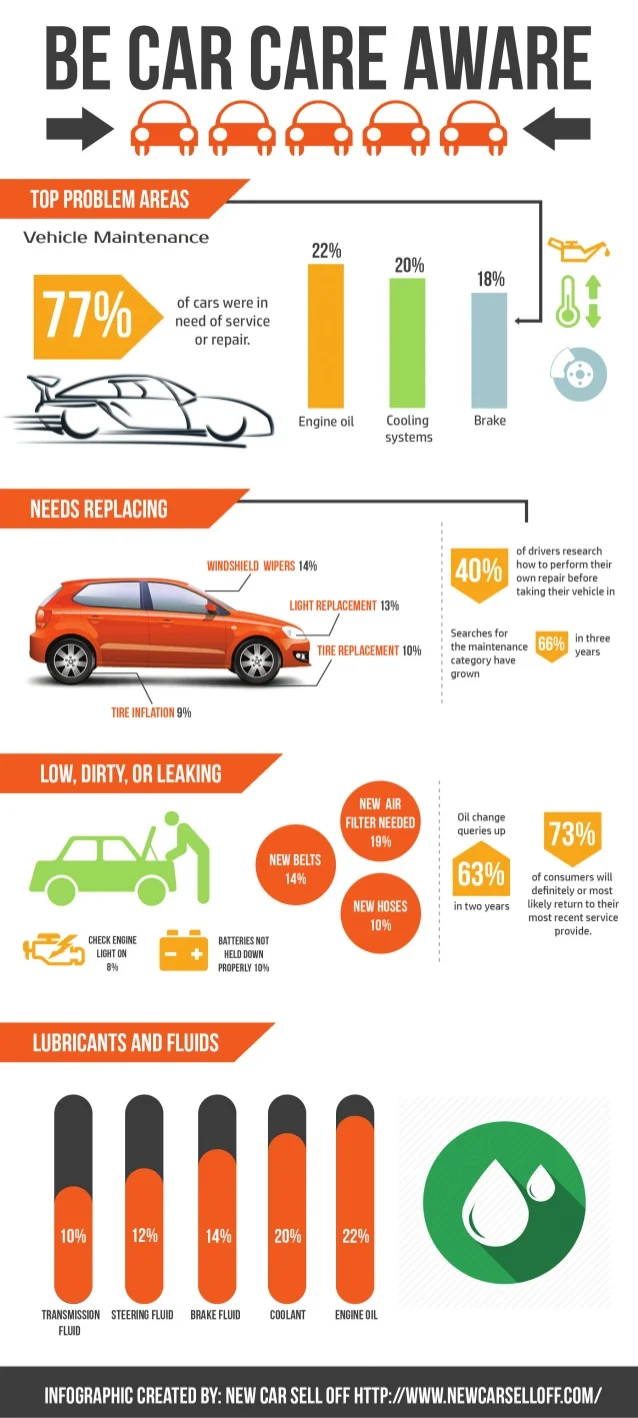Translating Your Automobile'S Alert Lighting: Their True Effects
Translating Your Automobile'S Alert Lighting: Their True Effects
Blog Article
Content Author-Hartley Forbes
When you lag the wheel, those glowing warning lights on your dashboard can be a little bit perplexing. Do you know what they're trying to tell you concerning your car's health and wellness? Comprehending the value of these lights is important for your security and the durability of your lorry. So, the following time among those lights turns up, wouldn't you want to understand its message properly and take the required actions to resolve it?
Common Warning Lighting and Interpretations
Identify usual warning lights in your car and understand their significances to guarantee safe driving.
The most normal caution lights include the check engine light, which signals concerns with the engine or emissions system. If this light comes on, it's crucial to have your vehicle examined without delay.
The oil pressure cautioning light shows reduced oil stress, requiring prompt interest to prevent engine damage.
A flashing battery light may suggest a faulty billing system, possibly leaving you stranded otherwise dealt with.
The tire pressure monitoring system (TPMS) light informs you to low tire stress, affecting car security and gas performance. Overlooking this can result in unsafe driving conditions.
The abdominal muscle light indicates an issue with the anti-lock stopping system, compromising your ability to stop rapidly in emergency situations.
Lastly, the coolant temperature cautioning light warns of engine overheating, which can result in extreme damage otherwise fixed quickly.
Recognizing these typical warning lights will aid you resolve concerns promptly and maintain risk-free driving problems.
Importance of Prompt Interest
Comprehending the usual caution lights in your vehicle is only the initial step; the importance of immediately attending to these cautions can not be emphasized enough to guarantee your security when driving.
When a warning light brightens on your dashboard, it's your cars and truck's method of communicating a possible problem that needs focus. Disregarding these warnings can lead to much more serious problems in the future, jeopardizing your security and potentially costing you more in repairs.
https://judahzpfwm.theobloggers.com/37370026/attracted-by-the-usual-misconceptions-about-car-describing-look-into-the-realities-behind-these-misconceptions-and-learn-just-how-professional-detailing-can-profit-every-automobile-owner to cautioning lights can avoid failures and accidents. For instance, a flashing check engine light might show a misfire that, if left neglected, could trigger damages to the catalytic converter. Resolving this quickly can conserve you from a costly fixing.
Likewise, a brake system alerting light could indicate reduced brake liquid or worn brake pads, critical components for your safety and security when driving.
DIY Troubleshooting Tips
If you observe a warning light on your control panel, there are a couple of DIY repairing pointers you can try prior to seeking expert help.
The initial step is to consult your vehicle's guidebook to comprehend what the specific caution light suggests. Often the issue can be as simple as a loosened gas cap causing the check engine light. Tightening the gas cap might resolve the trouble.
Another common issue is a reduced battery, which can cause numerous alerting lights. Inspecting Read the Full Article for corrosion and ensuring they're safe and secure may take care of the problem.
If a warning light lingers, you can try resetting it by separating the auto's battery for a few minutes and afterwards reconnecting it. Furthermore, checking your vehicle's liquid degrees, such as oil, coolant, and brake liquid, can aid repair warning lights connected to these systems.
Conclusion
To conclude, understanding your car's warning lights is important for maintaining your vehicle running efficiently and safely. By without delay addressing these signals and knowing what they imply, you can avoid pricey repair work and potential failures.
Bear in mind to consult your car's handbook for specific details on each alerting light and take action as necessary to guarantee a hassle-free driving experience.
Highly recommended Resource site educated, stay secure when driving!
